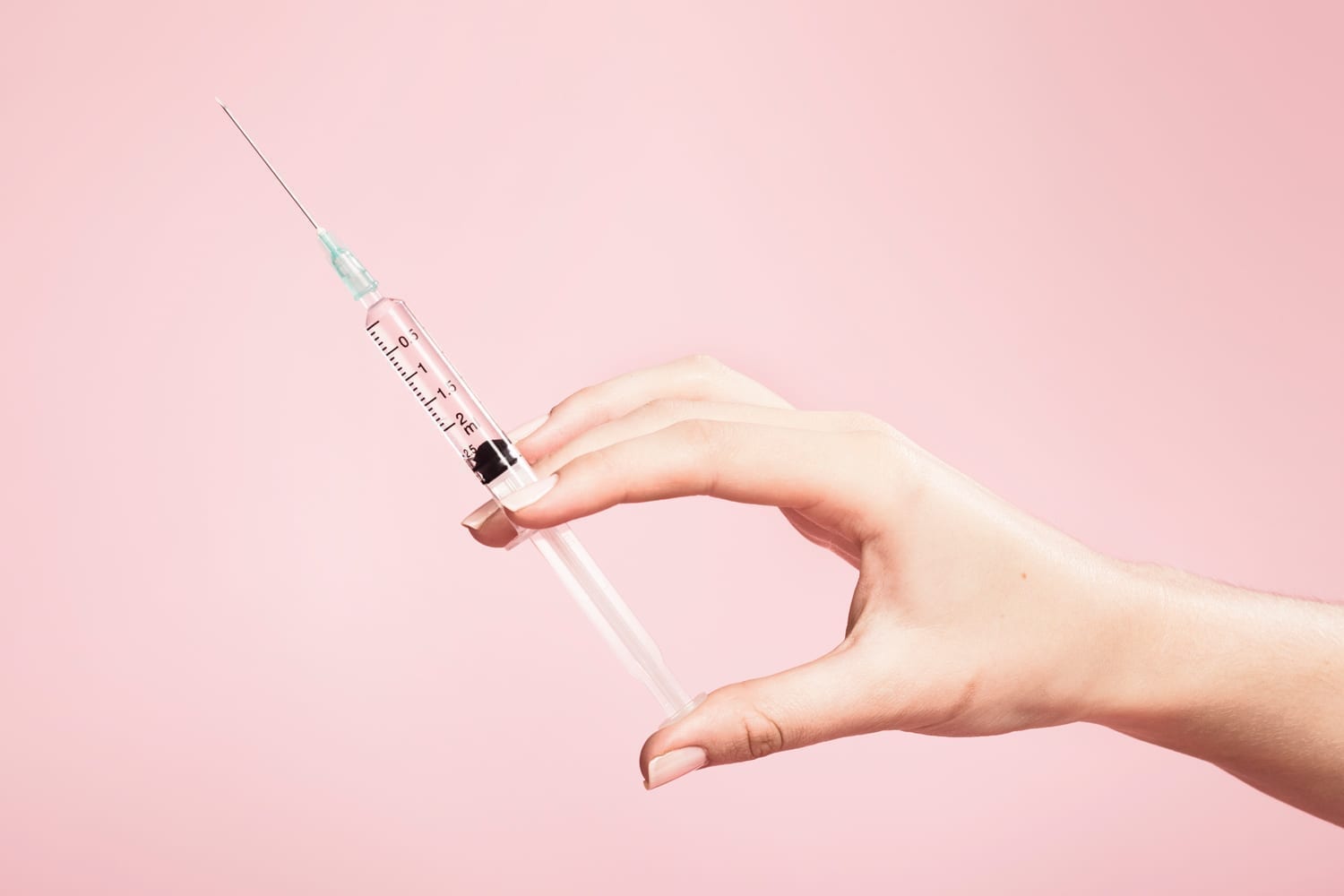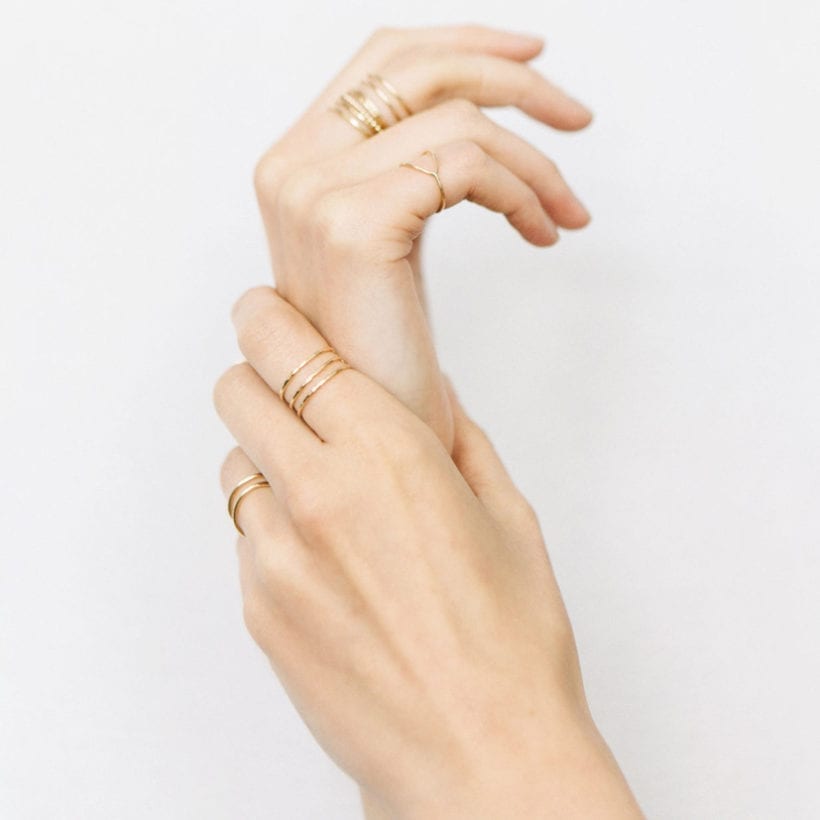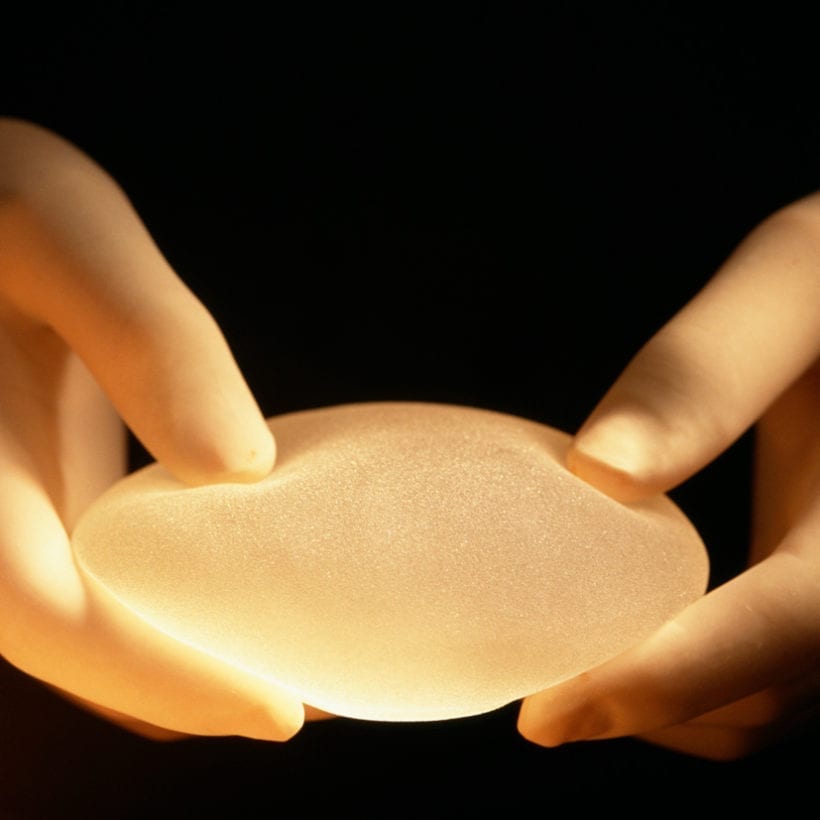Last year, more than 7 million botulinum toxin type-A procedures — Botox, Dysport, Xeomin — were performed in the U.S., according to the American Society of Plastic Surgeons. This number makes it the number one minimally invasive procedure.
But this is not news. Since Botox was approved by the Food and Drug Administration (FDA) in 2002, interest in the muscle-freezing injection has skyrocketed. And even the age of users is dropping — while some might be used to hearing of those in their 40s trying out the treatment for the first time, more and more people in their 20s are beginning to use it as a preventative option.
“I have plenty of 20-year-olds that come and get Botox. They can just see that they’re starting to get some dry lines in certain areas of their face. I think it’s very valid to use it earlier in life, almost as a preventative tool,” says Bonnie Baldwin, M.D., a plastic surgeon based in Houston.
And now, there is a new FDA-approved treatment called Jeuveau — aimed directly at these younger users. With social media on its side, it is currently being marketed as #NEWTOX.
https://www.instagram.com/p/ByQlNRHHaBW/
Approved by the FDA in February, Jeuveau — the parent company is Evolus — is positioning itself to give Botox a run for its money (literally). Analysts propose a 20 to 30 percent decrease in cost from Botox.
But what is the difference? Botox falls under the classification of a neuromodulator, which decreases muscle activity in the area it is injected. “It is made from the botulinum toxin, which is made [by] bacteria,” says Baldwin. “When a nerve activates a muscle, there is a molecule called acetylcholine that actually goes across the synapse or the little space between the nerve and the muscle, and the drug blocks that from happening. So, when your nerve is saying to move the muscle, the muscle is calm and does not move.”
With limited recovery time — Baldwin says you can go straight back to work or running errands after a Botox injection — it is loved by doctors and patients. And it lasts for three months (Baldwin says if you are younger, it can last up to six).
“It does have to be handled very specifically. It comes on dry ice, it’s a powder, it needs to be diluted with a small amount of sterile saline and it should be used within eight to 12 hours of dilution,” she adds. And because of these specifications, the price continues to go up as there are not many competitors on the market (Dysport and Xeomin never took off like Botox).
This is where Jeuveau comes in. “Jeuveau is a botulinum toxin, just like Botox. It’s a slightly different modification, but almost exactly the same,” says Baldwin. “One of the good things about it is that it’s diluted exactly the same, it comes in the same type of vial, it’s injected with the same type of needles — it’s the same.” It is FDA-approved for use on the look of moderate to severe frown lines between the eyebrows, also known as the glabellar lines, just like Botox.
“The few people that I injected started to feel a difference in 2-3 days, so it causes an effect earlier than Botox.”
And like Botox, it is seeing great results. “It does have really good research behind it,” says Baldwin, who is not affiliated with the product, but did speak to a representative in April. “There’s two sets of studies. One set of studies was just comparing Jeuveau to placebo … we’re looking at these wrinkles … at a week and at three months: Does the Jeuveau work better than just injecting saline? And that was absolutely true. But the other great thing that they did … [was] a head to head study with Botox. So, they compared Jeuveau to Botox, and they found out that it worked as soon and as long and with as good as an effect as Botox.”
Since Baldwin is a long-term Botox user — she has been performing the procedure since it was first approved by the FDA — she was given a trial of Jeuveau as part of the Jeuveau Experience Treatment (J.E.T.), which she views as a type of clinical study. And after testing out the product on her staff, she was pleased with the results. “I know in the few people that I injected … in two to three days, which is a little earlier than Botox, they started to feel a difference. So, it is not marketed — and the studies don’t show that it … causes an effect earlier than Botox — but the few people I’ve injected, that’s the main thing that they have noticed.” She also adds that while sometimes Botox can make you feel heavy, all of the individuals — long-time Botox users — reported that this did not happen.
Jeuveau also is purported to last the same amount of time — three months. And while the similarities are clear, there is one major difference.
“You probably know that Botox has a lot of medical therapeutic uses, such as migraine headaches, bladder spasms, muscle spasms from neurological diseases,” she says. “Jeuveau is not going to address that market at all. They are going to go straight for the cosmetic market.”
Baldwin says there would be no reason to use Jeuveau off-label as it will not be covered by insurance and would cost thousands of dollars.
Which brings us to cost — the question on everyone’s minds. The cost of Botox is dependent on the practice, says Baldwin. While she charges $15 per vial, others will set cost based on the area of the face, such as the forehead. Jeuveau is planning to come into the market cheaper than Botox, but, according to Baldwin, that may not actually be the case. While she has heard that the price will be lower, she has also heard that it may not. Think about it: Jeuveau is early in their marketing cycle, and Baldwin says that since they now have promising data, the company may re-evaluate, saying that she has heard: ‘We are a premium product, we are as good as Botox, we’re going to be easier for patients and providers to work with. So, the price may not be lower.’
But one thing is for certain and that is that Jeuveau is determined to be user-friendly, namely: There is an app where users can contact them directly for questions and there will also be a loyalty program.
https://www.instagram.com/p/BxgMoX8g6tU/
In May, Jeuveau launched J.E.T., and according to Evolus, after three weeks 3,000 accounts enrolled in J.E.T. and two out of three patients made the switch. With the overwhelming support, Evolus is ending this program on June 28 and switching to #NEWTOX NOW, available to consumers on July 1. With #NEWTOX NOW, consumers will receive $75 to be used on Jeuveau treatments.
It is clear that Jeuveau is targeting wellness care and what Baldwin says they call a “frictionless experience” with this product. And with almost no marketing, Jeuveau is holding its own against Botox.
“They are just starting in an interesting way,” she says. “Botox was much more classic advertising, and this is going to go the social media route.”







